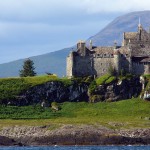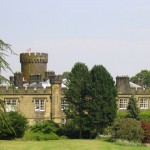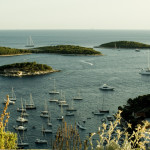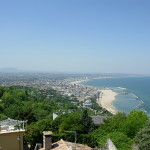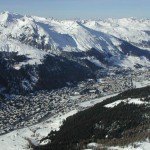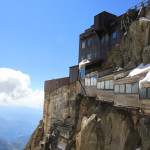The Turbulent History of Edinburgh | Scotland, UK
Edinburgh might be one of the smallest cities in the UK, but as the capital of Scotland it has a big heart, and is steeped in history, revolution and even the occasional ghost.
Old Town
Many of the buildings of the Old Town date back to the 1500s and surround some of Edinburgh’s most important landmarks. As with most cities it grew around the castle which sits on the rocky crag of an extinct volcano at the top of the Royal Mile.

Edinburgh Old Town, Scotland, UK by Ian Cooper
If you look at the layout of the streets, you will see similarities to the old quarters of other European cities, with claustrophobic alleyways (known as a close) and streets weaving between the buildings. Because of the space restrictions caused by the lay of the land, Edinburgh’s Old Town has some of the earliest examples of high rises, some of which reaching 15 storeys.
As you wander this part of the city, because it’s built on such a steep hill, streets that run parallel, and only yards apart will be at different levels and connected by steep narrow stair cases and closes.
When you look at the old town and wander the narrow streets you can see where JK Rowling drew much of her inspiration.
New Town
By the 18th century overcrowding in the Old town became more of a problem so in 1766 a competition was run to find a winning design. Local architect James Craig won with a logical grid design which was more common in Glasgow over on the west coast.
The New Town was a huge success and was quickly expanded, but the grid design was abandoned for one that was more picturesque like the Old Town.
It’s an interesting point of curiosity among residents that the area called New Town was planned only 102 after the official seal naming New York city.
Edinburgh Castle
There is archaeological evidence that suggests there were human settlements here around 900BC and as a fortified position there are historical references to Din Eidyn – fortress on the rock – dating back to 600AD. It has been the site of some of the most important conflicts in British history.
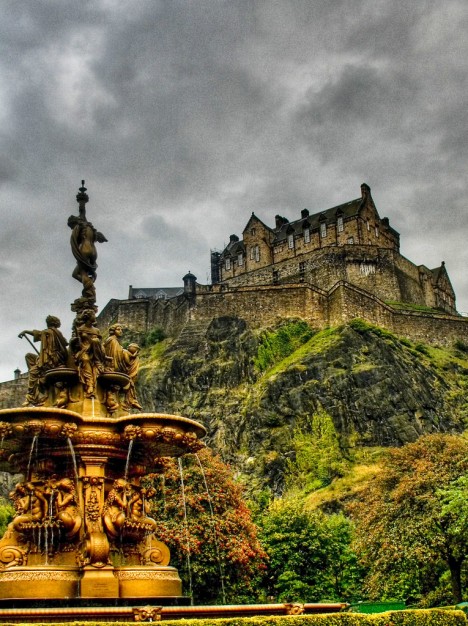
Edinburgh fontain and castle, Scotland, UK by Paul Boxley
It was captured in 1296 by Edward I of England, then retaken by one of Robert the Bruce’s generals in 1314, the year of the Scottish victory over the English at Bannockburn near Stirling. After the overthrow and execution of Charles I in 1650, Oliver Cromwell invaded and once again Edinburgh Castle was captured and the Crown, Sword, and Sceptre of Scottish royalty were quickly taken away an buried to protect them from Cromwell.
At the foot of the Royal Mile is the Palace of Holyroodhouse, the official residence of the monarchy.
It’s a city that’s full of mystery and creepy alleys, and there’s even a haunted hotel in Edinburgh, as well as the eerie Mary King’s Close beneath the Royal Mile.
Edinburgh is a wonderful city full of amazing history, architecture and one or two ghosts of revolution.
Catherine Halsey writes for a digital marketing agency on a range of subjects. This article links back to https://www.radissonblu.co.uk/hotel-edinburgh






